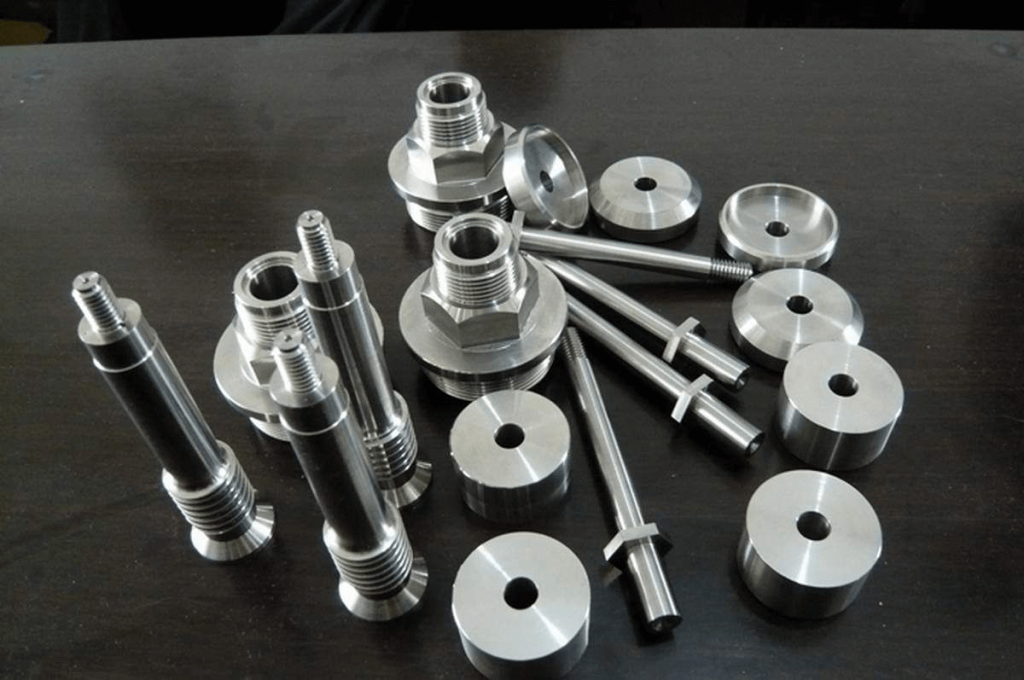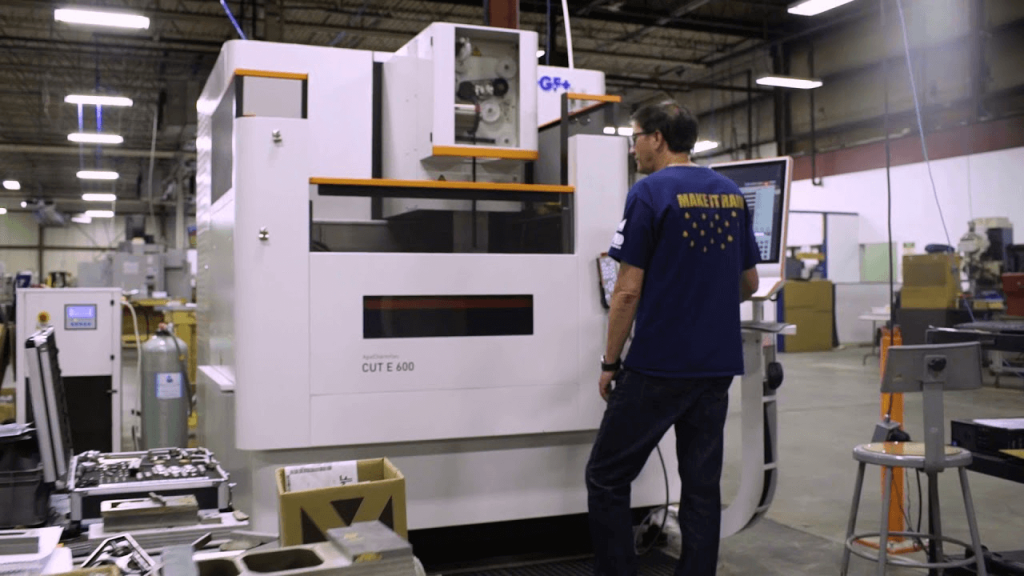Prototaip Bahagian Ringkas CNC: Kelebihan dan Kekurangan Menggunakan Pemesinan CNC
Prototaip Cepat Bahagian CNC: Kelebihan dan Kekurangan Menggunakan Mesin CNC
Manfaat Menggunakan Pemesinan CNC
Prototaip pantas kini memimpin industri pembuatan. Terdapat beberapa teknik untuk membuat prototaip berkualiti tinggi, tepat dan berfungsi. Teknik prototaip bahagian CNC menjadi salah satu daripadanya. Teknik menggunakan pemesinan CNC untuk membuat prototaip yang sangat dekat dengan produk sebenar.
Below, we are going to talk about the advantages and the disadvantages of prototyping via CNC machining. So, without any further delay, let us get started!
Merits and Demerits
For starters, let us focus on the advantages of prototyping using the CNC machining.

Advantages of CNC Rapid Prototype
File to Prototype
With CNC machining it is possible to effortlessly transfer your ideas from file directly to 3D prototypes. After all, CNC machining is a digital technique responsible for creating parts using computer file information. Therefore, the engineers are sure that the machining prototype would be close to the digital 3D design.
It is possible to use the same design with the same dimensions to create the final parts. With CNC machining, the degree of repeatability is impressive and high. In addition, when using digital designs, it is extremely easy to make alterations.
Incase there is a problem with the machined prototype. For example, it exhibits a certain physical deformity. The engineers would head back to the CAD software and make all the required changes to eliminate the errors in the next prototype.
It is possible to create multiple versions side by side. Furthermore, the simulation software would help identify how a certain part would work in the real world.
Consistency and Quality
We understand that there is no perfection in the real world, even the computers are not perfect. However, the machinery controlled by the computers tend to function exactly as they are directed to do so, unless there is some error or it breaks down.
There are several prototypes processes that rely on human skill, in that case, there is always a chance of error. CNC machining, on the other hand, is a fully automated process. It would follow the guidelines to perfection.
What more is that the technique ensures high-equality repeatability accuracy. It means that it can yield the same result over and over without any difference. Since the machine can run the same job the second time with minimal changes, therefore, it is an excellent choice for the prototype’s new iterations.
After all, with automated machinery, manufacturers are able to guarantee consistency. Something that is imperative not only for CNC parts Rapid Prototype manufacturing, but also for mass production.
Range of Strong Materials
In case the prototype does not have any mechanical purpose, it is wise to use a 3D printing technique for its creation. After all, 3D printing is an effective technique to create prototypes. It offers high-strength part and it affordable.
Using 3D printing, you can create prototypes overnight. However, when it comes to material options, the 3D printing techniques of limited material options especially in comparison to the machining techniques.
With CNC machining, you gain access to a range of compatible materials. These materials offer robustness, quality and durability. The material range also includes a number of metals. The table below shows some of the CCN machining materials.
| Metals | Plastics |
| Aluminum | ABS |
| Stainless Steel | PP |
| Steel | PC |
| Magnesium | PS |
| Zinc | PMMA |
| Titanium | POM |
| Bronze | PCGF30 |
| Brass | PAGF30 |
| Copper | Teflon |
| HDPE | |
| LDPE |
Parts Rapid Prototype is Similar to Final Part
One of the major advantages of using a CNC machining for prototype creation is that it generates prototypes that are extremely similar to the final parts. After all, these machines are capable of creating end users’ products along with prototypes, therefore, the prototypes will be close to the actual product.
This is something that other prototyping techniques are unable to achieve thus far. One reason behind this is the diversity in terms of materials. As some materials are extremely machinable, thus they allow the engineers to create prototypes using similar to the same material that is required for the final part.
Moreover, the machined parts are robust and they don’t exhibit any sort of weakness. Creating prototypes that are close to the actual product in terms of looks and functionality reduces the time to market. Mainly because you will not have to make any changes in the final product as the prototype is really close to it.
Disadvantages
Despite all the advantages it offers, the CNC machining technique has some limitations.
Expensive
When you compare the CNC machining technique to the 3D printing technique, it is expensive. After all the machining centers require large pieces of machines and this machinery requires hefty amount of energy and power to function.
This is perhaps the main reason why engineers sometimes prefer using 3D printing for prototyping. Even though, they would be using machinery for mass production.
Geometrical Restrictions
Even though the 4-axis and the 5-axis machining centers offer a lot of geometrical flexibility. However, these are not enough, especially when the prototype requires elaborated structures having extremely complex internal geometries.
In this case, we suggest you opt for the additive manufacturing process. This process comes with limited restrictions and it would help you yield the respective results.

Material Waste
This is perhaps the biggest problem with CNC parts rapid prototyping manufacturing. Being it a subtractive process, a higher quantity of material is required. However, not all the amount of material is utilized.
Some of the material is wasted and it ends up as plastic or metal chips. Manufacturers then have to dispose of these chips. However, this is not the case of the additive prototyping process. They do not have any material wastage until there is a print failure and the process need to be repeated.
So, when you use the machining prototyping process it would incur a higher material cost. Mainly because the amount of material used is high along with its wastage. However, to reduce the material wastage, the pengeluar are not looking for ways to recycle the chips in an effective manner.
The selling of the recycling materials also helps in recouping the material cost.



